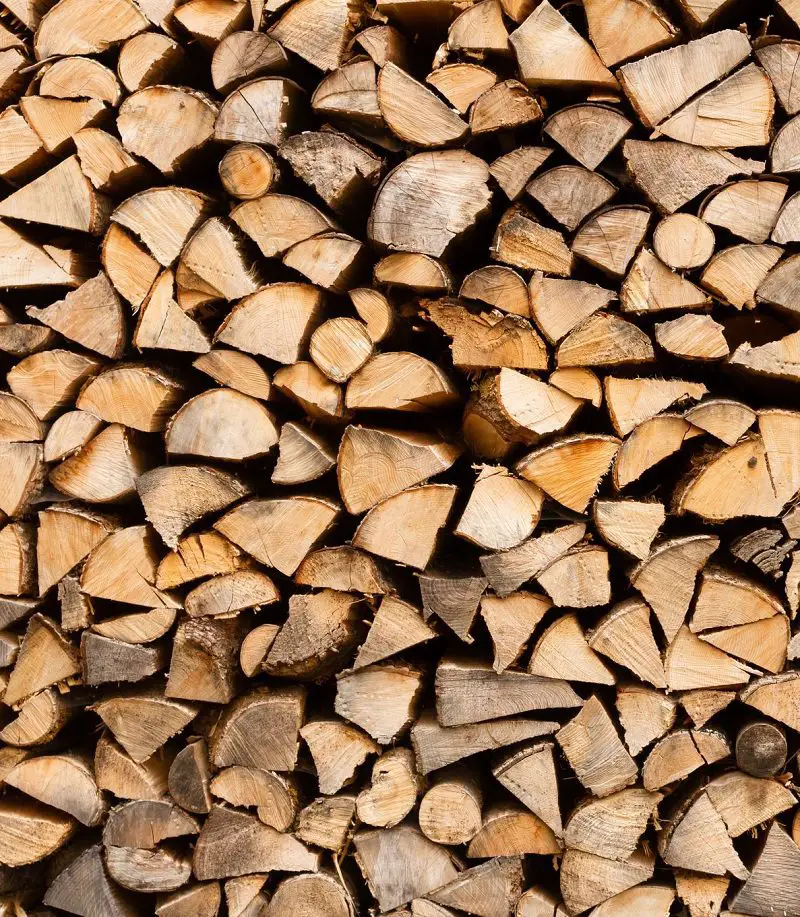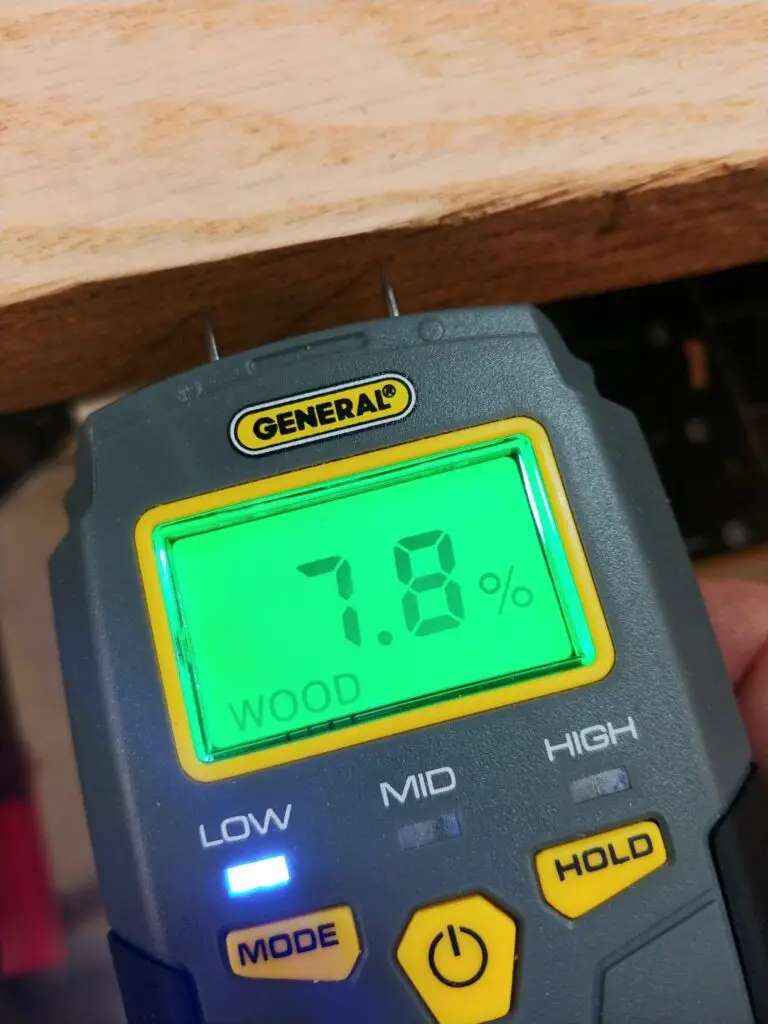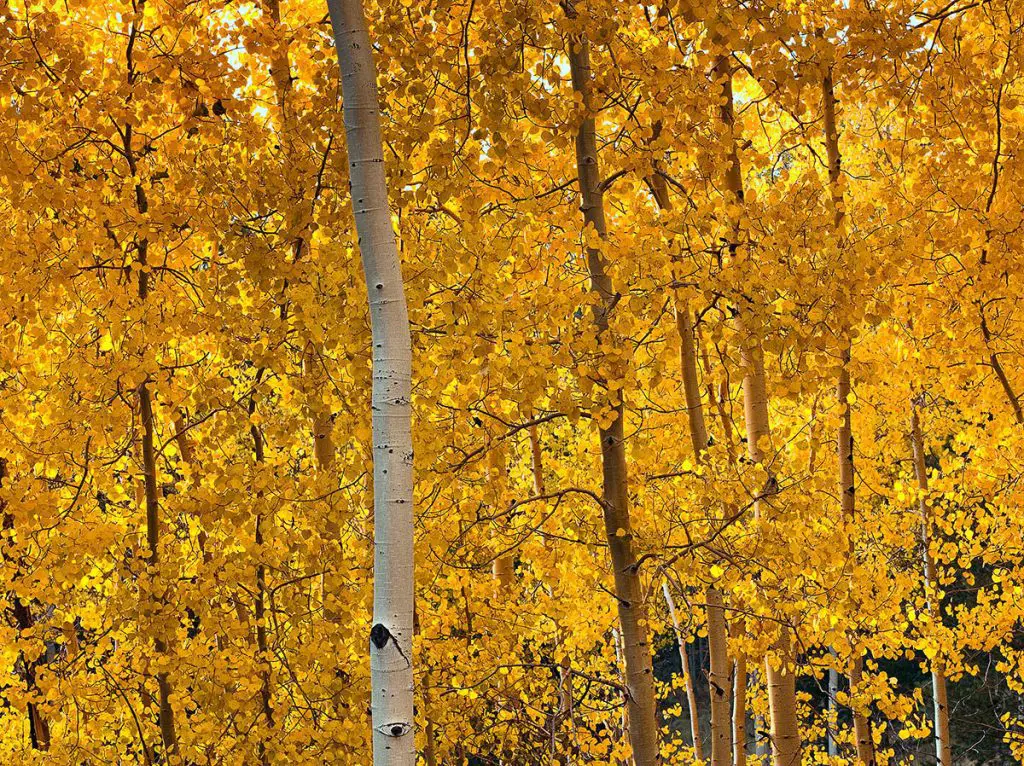Aspen is poor firewood because of its low heat generation, but it is widely available firewood throughout the northern United States. This much lower heat generation than other hardwoods means you need to store significantly more to get through the winter.
However, it does have some characteristics that make it one of the top choices as kindling. It is cheap, splits extremely easily, seasons quickly, and doesn’t generate much smoke. I personally prefer it as a source of kindling to pine which has a much higher sap content.
Table of Contents
Summary
- BTU: 18 million BTU/cord
- Weight: 2100 lb/cord dry
- Seasoning Time: 6-12 months
- Splitting Difficulty: Low
- Sap Content: Low
- Smoke: Low
- Smell: Slight, Pleasant
Overall I rate aspen as poor firewood because of its low heat production and density. It does light quickly and performs well as kindling, but as the primary fuel source, you will need to store significantly more logs and add to the fire more frequently. It has low smoke production and doesn’t produce much creosote, so I consider it a better kindling alternative than pine.
However, I would not use aspen as my main source of firewood when preparing my winter stockpile. Compared to a high-density hardwood like oak, you would need to store an additional 50% to generate the same amount of heat. It does season quickly, so I have used a fallen aspen as a source of kindling when coming into the winter season.

Heat Production
Aspen is a hardwood but has a much lower density than the premium firewood like oak or maple. Its heat production is only 18 million BTU/cord compared to 27-28 for the top firewood species. Aspen produces around the same amount of heat as softwoods like pine, which suits a similar purpose – kindling.
If you intend to heat your home for aspen, then know that it burns quickly, and you will need to recharge the fire much more frequently than you expect. It produces good coals, so you can use it in a firepit for cooking – I haven’t tried this personally, but the coals look even with a stable temperature profile.
Smoke Production
Aspen has a low sap content which leads to a low smoke generation. This is especially true when it is fully seasoned. I would never burn green aspen – its heat generation is already low, and burning it green will reduce this even further.
The smoke generation is significantly lower than alternate kindling sources such as pine. If aspen is available, I will pick it over pine as my kindling source.
Seasoning Time
I like to consider aspen a softwood because of its similar properties and characteristics to pine, even though it is a hardwood. Another example of this is its fast seasoning time. Aspen only takes 6 to 12 months to entirely season, which is extremely fast for a hardwood. This is due to its lower density.
Aspen is ideally suited for use as kindling if you are getting closer to winter and haven’t prepared sufficient firewood.
I have also seen examples that aspen is vulnerable to rotting, so ensure you store it appropriately off the ground and away from moisture. I always cover my firewood to prevent rain from slowing the seasoning process.
I personally recommend this General Tools Moisture Meter. It allows you to accurately gauge how wet your firewood is and whether it is sufficiently seasoned. Over time you can also see how quickly the moisture is dropping and how much longer you need to keep your firewood dropping until it is seasoned and ready to burn.
Press the sharp pins into the wood and you will quickly see the readout show the moisture ranging from 5% to 50%. It also has a Low/Mid/High indication depending on whether the wood is dry enough, so you don’t need to remember the actual values.

Burning Smell
Aspen has a bad smell if you burn it green. I never burn aspen unseasoned because of its low heat, but the odor is another reason. Once it is fully seasoned, it doesn’t have much of a smell. This is in part due to its low sap and low smoke generation.
I don’t judge aspen as having a great smell, but I wouldn’t avoid it because of its scent either. If you are looking for better-smelling firewood, I have put together a list of my favorites here.
Creosote Buildup
Aspen doesn’t generate much creosote because its low sap content leads to low smoke generation. In fact, it is much better as a kindling source than the more popular pine.
Creosote is a black soot buildup in your chimney from unburnt firewood. It is much more likely to occur in wet, softwoods like pine. Creosote can start a fire in your chimney over time, so it is essential to clean it regularly. I recommend cleaning your chimney of creosote annually regardless of your firewood type to eliminate this risk completely.
Splitting
Aspen has a very low density for a hardwood which makes it very easy to split. It also grows straight without large branches that would form knots. A standard splitting axe will be sufficient for chopping logs into firewood. You will also notice its lack of sap compared to pine that covers your axe and takes a lot of time to clean off afterward.
Different Types/Species
There are two main species of aspen in North America – Quaking Aspen and Bigtooth Aspen. There are other species throughout the world that I won’t include in this guide, such as Chinese aspen, Korean aspen, Japanese aspen, and Eurasian aspen.
Quaking Aspen
Quaking aspen’s scientific name is Populus tremuloides. It is deciduous and comes by many names, including trembling aspen, American aspen, mountain aspen, and white poplar. It grows straight up to 80 feet tall with smooth, white bark. It lives in elevations above 1500 feet because of its preference for colder temperatures. Their wood was popular among early pioneers for use as log cabins because they were plentiful, easy to fell, and relatively straight.
Bigtooth Aspen
Bigtooth aspen’s scientific name is Populus grandidentata, and is also known as American aspen, Canadian poplar, and white poplar. It is found throughout the Northeast of the United States and southeastern Canada. Its leaves are larger than quaking aspen and have stereotypical teeth that give it its name. Bigtooth aspen grows up to 80 feet tall with a diameter of 8 to 10 inches.

Comparison to Other Woods
Here, I’ve taken some of the most popular firewoods to burn indoors and compared them to aspen firewood.
You can see that aspen has a much lower heat production than some of the more premium firewood, such as oak and maple. Although it does produce good coals, I still rate it as poor firewood because of the sheer quantity of cords you will need to prepare if using it as a main fuel source.
| Firewood | Million BTU/Cord (source) | Ease of Splitting | Coals | Overall Quality |
| Green Ash | 20 | Easy | Good | Excellent |
| Maple | 25 | Easy | Excellent | Excellent |
| Bur Oak | 26 | Easy | Good | Excellent |
| Aspen | 18 | Easy | Good | Poor |
However, I rate it as a much better source of kindling than pine because of its low sap content, leading to low smoke generation and low creosote production. It also seasons very quickly, so you can prepare your kindling within the same year you fell the tree. Aspen is also widely available and can be a cheap source of firewood.
FAQs
Can you burn aspen wood in a fire pit?
Yes, aspen can be burnt outdoors in a firepit, although I recommend using it as a source of kindling and a higher heat production species as the main fuel source. Aspen doesn’t produce much smoke and has a low sap content that reduces any sparks of popping as it burns.
Can you burn aspen wood in a wood stove?
Yes, aspen is well suited to burning indoors because of its low smoke production and low creosote generation. It has a lower BTU heat generation, so you will need to burn up to 50% more aspen firewood compared to the premium firewood species like oak. It only has a slight smell that I found to be pleasant, so you don’t need to worry about stinking out your house.
Aspen is better suited to burning as kindling indoors than pine or fir because its lower sap content generates less smoke and less creosote buildup.
How much does aspen firewood cost to buy?
Aspen is widely available throughout the northern states, making it much more affordable. A cord of aspen firewood costs between $150 and $250 per cord. Remember that you will need to purchase an additional 50% of aspen firewood to generate the same amount of heat as oak or walnut.
Final Thoughts
Aspen is one of my favorite sources of kindling because it is widely available, seasons quickly, and doesn’t produce much creosote. In my opinion, this makes it far superior to pine, the more popular kindling wood. I would never select aspen as my main fuel source because its heat production is 50% lower than the best hardwood species. If I were given access to fallen aspen, I would certainly process it and add it to my kindling supplies, especially if I was looking low towards winter. It also rots more quickly than other species I have noticed, so it pays to store it properly.
